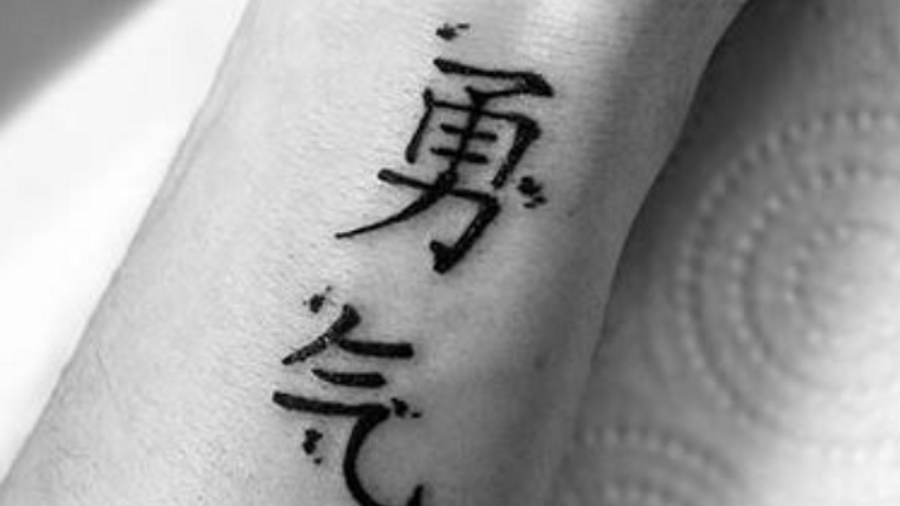~ 2 min read
Why choosing the right Kanji tatoo is harder than you think


Japanese tattoos or Kanji tattoos are a popular choice for those who want some cool new ink on their skin. Some popular kanji tattoos: 忍者 (Ninja), 侍 (Samurai), 永遠 (Eternity), 愛 (Love) 生命, (Life), 自由 (Freedom), 和 (Peace) etc. Maybe you’ve seen a couple of these examples somewhere.
Kanji are Chinese characters that have been adopted into the Japanese writing system. They are used in both Japanese and Chinese and can have multiple meanings depending on the context in which they are used. In this article, we only focus on Japanese meanings and design.
Choosing a kanji tattoo can be a difficult task, as there are thousands of characters to choose from. There are precisely 2,136 (4,388 to remember because one character has two ways to read itself; On-Yomi (音読み) and Kun-Yomi (訓読み)) characters that are necessary for daily use. These are only singular characters and DOES NOT include combinations of characters and the Hiragana alphabet. Thus, on top of that, there are many more that are used less frequently, phrases, quotes, poems, idioms, and proverbs, so it can be tough to decide which one to get tattooed.
So, how can you find the right Japanese tattoo/Kanji tattoo for yourself? In many cases, you don’t learn the whole language from scratch just to make a word into a tattoo. That’s why you always need a native Japanese speaker who understands what the kanji means, the context of the kanji, what the kanji will look like on your skin, and a dictionary of phrases and words to choose from. However, most importantly, the person who chooses needs to understand “what looks cool”. This is especially hard for Japanese speakers who have never been abroad because they focus on the meaning too much and simply don’t get the “vibe” and appearance. On the other hand, many foreigners base their decision on appearance, which in many cases leads to a VERY cringe tattoo. So, it is important to find a happy medium.